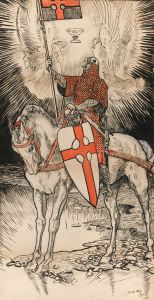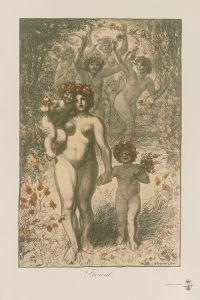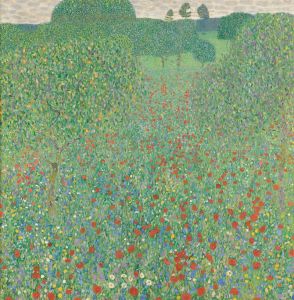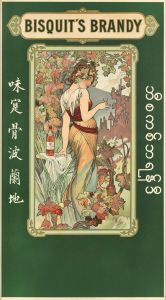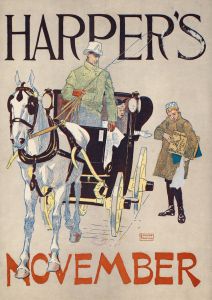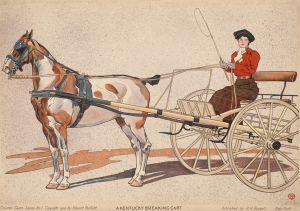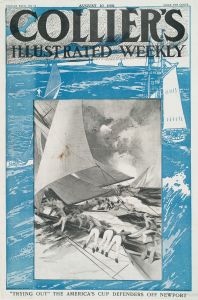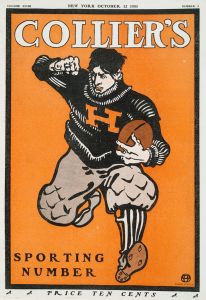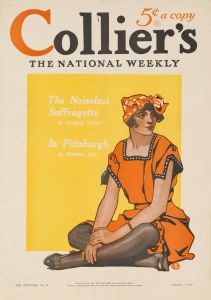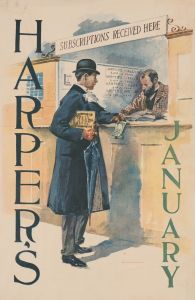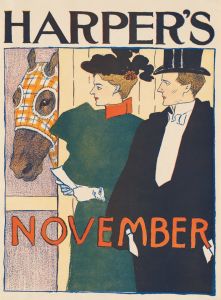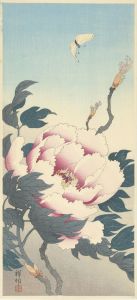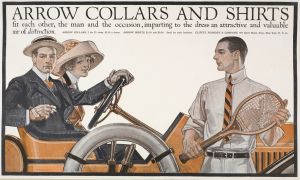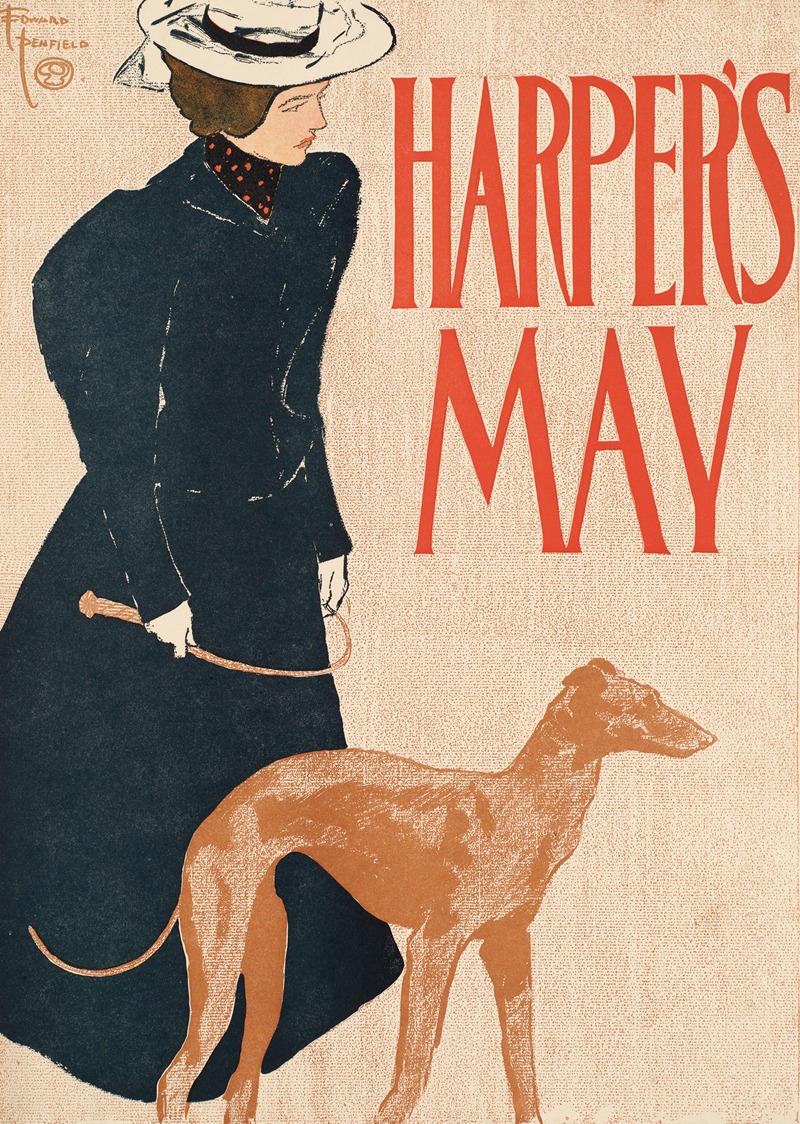
Harper’s May
A hand-painted replica of Edward Penfield’s masterpiece Harper’s May, meticulously crafted by professional artists to capture the true essence of the original. Each piece is created with museum-quality canvas and rare mineral pigments, carefully painted by experienced artists with delicate brushstrokes and rich, layered colors to perfectly recreate the texture of the original artwork. Unlike machine-printed reproductions, this hand-painted version brings the painting to life, infused with the artist’s emotions and skill in every stroke. Whether for personal collection or home decoration, it instantly elevates the artistic atmosphere of any space.
Edward Penfield was an influential American illustrator and a key figure in the development of graphic design during the late 19th and early 20th centuries. He is best known for his work as an art director for Harper's Magazine, where he created a series of monthly cover illustrations that became iconic representations of the magazine's brand. One of his notable works is "Harper’s May," which exemplifies his distinctive style and contribution to the world of illustration.
"Harper’s May" is part of a series of covers Penfield designed for Harper's Magazine, each reflecting the themes and moods of the respective month. Penfield's covers were celebrated for their bold use of color, simplified forms, and strong compositions, which were influenced by the Art Nouveau movement and the poster art of the time. His work was characterized by its clarity and elegance, often featuring fashionable figures engaged in leisurely activities, set against minimalistic backgrounds.
In "Harper’s May," Penfield captures the essence of spring with a vibrant and engaging design. The illustration typically features a central figure, often a woman, dressed in contemporary fashion, which was a hallmark of Penfield's work. The figure is usually depicted in an outdoor setting, suggesting the renewal and freshness associated with the month of May. Penfield's use of color is both strategic and evocative, employing a palette that conveys the warmth and vitality of the season.
Penfield's approach to illustration was innovative for its time. He utilized flat areas of color and strong outlines, which were influenced by Japanese woodblock prints, a popular source of inspiration for many artists during the late 19th century. This technique allowed his work to stand out on newsstands, capturing the attention of potential readers with its eye-catching simplicity and elegance.
The impact of Penfield's work on Harper's Magazine was significant. His covers not only helped to establish the visual identity of the publication but also elevated the role of magazine illustration to an art form in its own right. Penfield's ability to blend artistic creativity with commercial appeal set a standard for future illustrators and graphic designers.
Edward Penfield's legacy extends beyond his work for Harper's. He is often credited with helping to define the visual language of American illustration during a period of rapid change and modernization. His contributions to the field are remembered for their artistic merit and their influence on the development of modern graphic design.
"Harper’s May" remains a testament to Penfield's skill and vision as an illustrator. It reflects his ability to capture the spirit of a time and place through his art, leaving a lasting impression on both the magazine industry and the broader field of visual arts.





